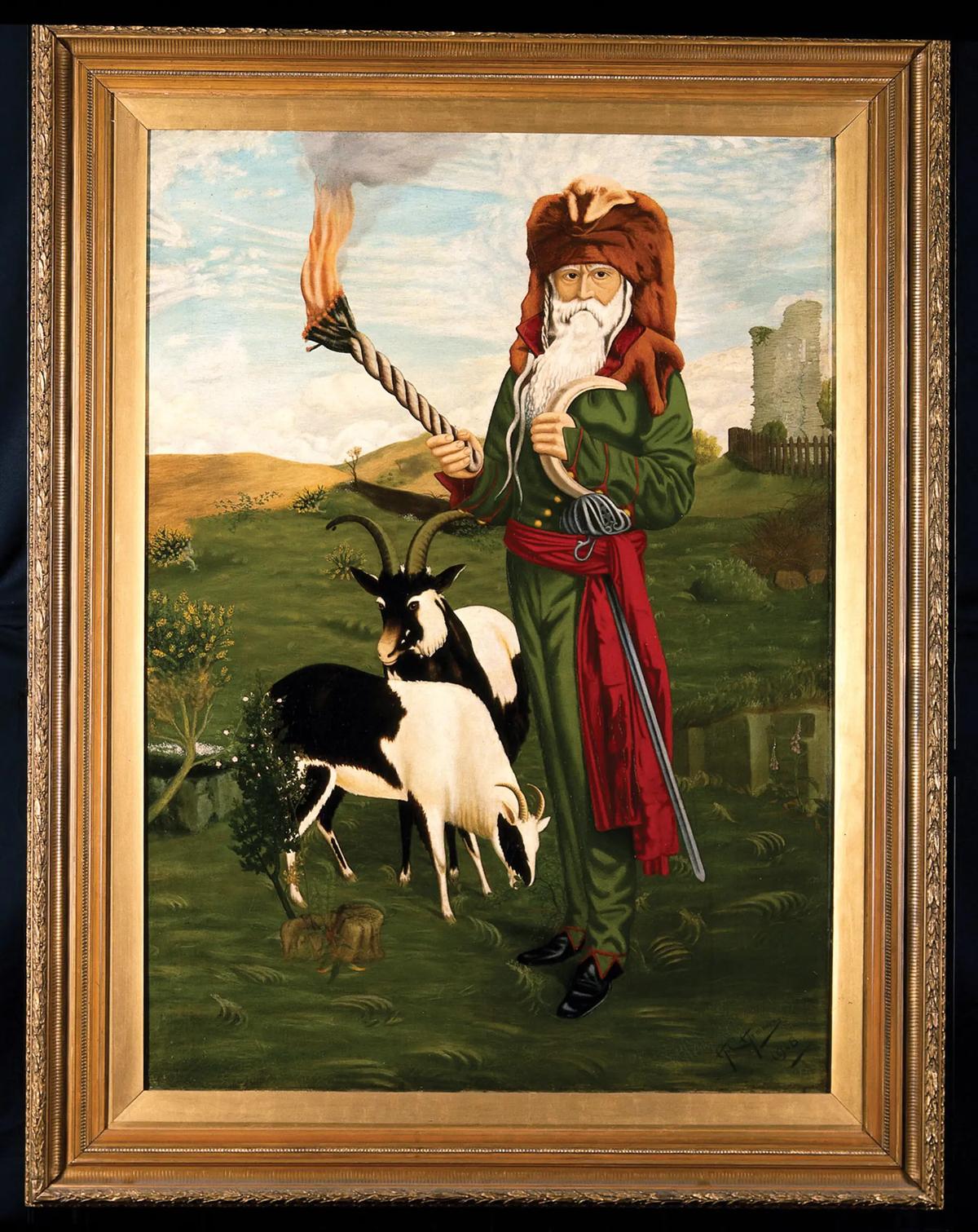With almost 300 images traversing time, theme and continents, the digital art curator Stephen Ellcock’s latest book “is born of a longstanding opposition to the way things are” and aims “to provoke reflection, revelation” and, crucially, “action”. It charts a visual journey from the biblical fall from grace, through to our present turbulent times. Although this is an unflinching exploration of struggle, injustice and inequality, there is also beauty, compassion and joy. This idea was born virtually when Ellcock began expanding his Facebook page into an "online museum" housing a wealth of images. Ultimately, the book offers us a vision of positive change through our collective potential and creative energy (such as the new Royal Foundation “Earthshot Prize”, first awarded October 2021 for contributions to environmentalism) on which humanity’s very existence on this planet depends. Ellcock has selected seven images from each section to provoke us all into action.
Connections
“William Price (1800-93) was one of the most romantic and revolutionary characters in Welsh history. A flamboyant and radical figure, he was a distinguished doctor, nationalist, Chartist, heretic and archdruid who avoided socks and primarily drank champagne. An outstanding surgeon and a pioneer of social health care, Price was also a passionate advocate of women’s rights, universal suffrage, free education, vegetarianism and animal welfare. The public cremation of his infant son in 1884 became a sensational late-Victorian cause célèbre, paving the way for legalisation of the practice of cremation throughout the UK and beyond.”
Source
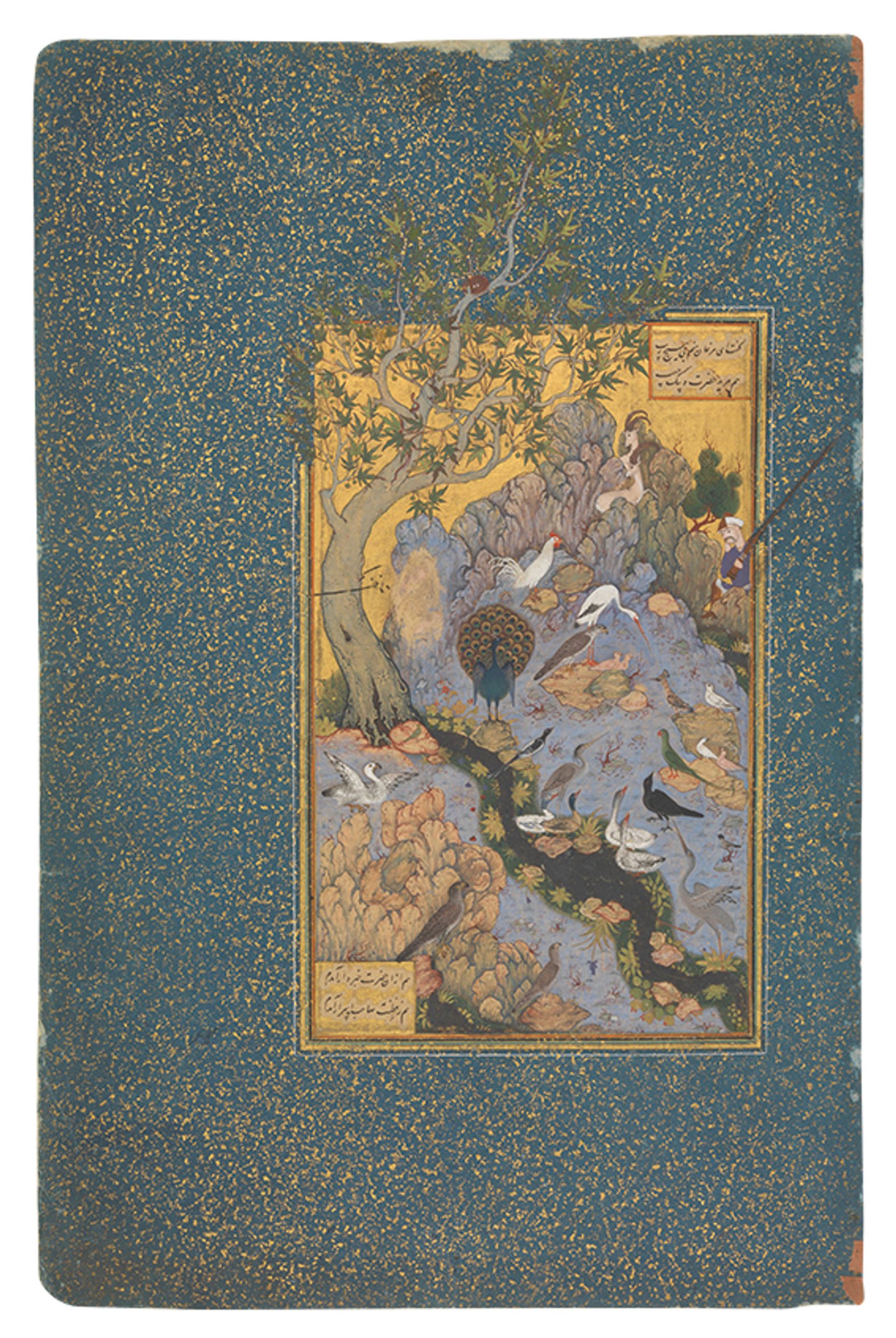
Folio 11r from the The Conference of the Birds (Mantiq al-tair, around 1600), The Metropolitan Museum of Art, New York Courtesy of Metropolitan Museum of Art
“The 12th-century poem by the Persian poet Farid al-Din ’Attar is an allegory of the Sufi quest for spiritual truth and self-awareness. All the birds of the world gather to choose a king, so that they can live more harmoniously. The hoopoe persuades them that their ruler should be the legendary Simurgh bird. However, the quest to find the Simurgh involves an arduous journey crossing seven valleys: quest, love, revelation, contentment, unity, wonder and poverty. Thirty birds reach the Simurgh, only to see their own reflections looking back at them when they gaze at the face of the mythical bird.”
Fall
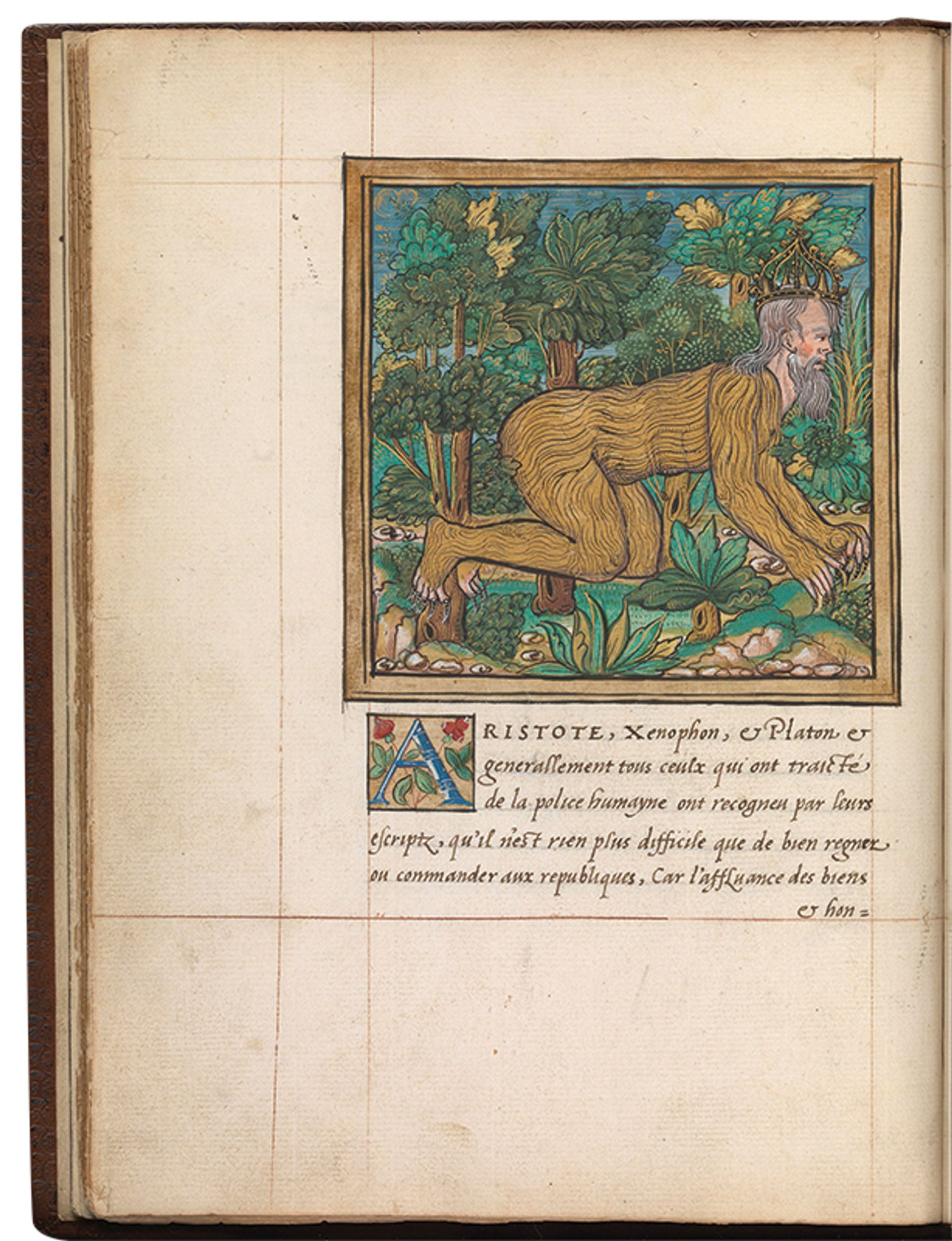
Wild Man, or monster born on the borders of England and Normandy, from Histoires prodigieuses (1561) by Pierre Boaistuau, Wellcome Collection, London Courtesy of the Wellcome Collection
“French humanist Pierre Boaistuau’s compilation kickstarted the craze for illustrated books devoted to monsters, wonders, prodigies and inexplicable phenomena that swept the courts of Europe during the 16th and 17th centuries. Boaistuau mixed contemporary yarns of monstrous births and travellers’ tall tales with texts drawn from myth, legend and his own observations. While claiming his intent was to educate and edify, his emphasis on the grotesque and the extreme marks him as a precursor of P.T. Barnum, Ripley’s Believe it or Not!, the books of Charles Fort (from where the term “Fortean” derives) and the Guinness World Records.”
Loss
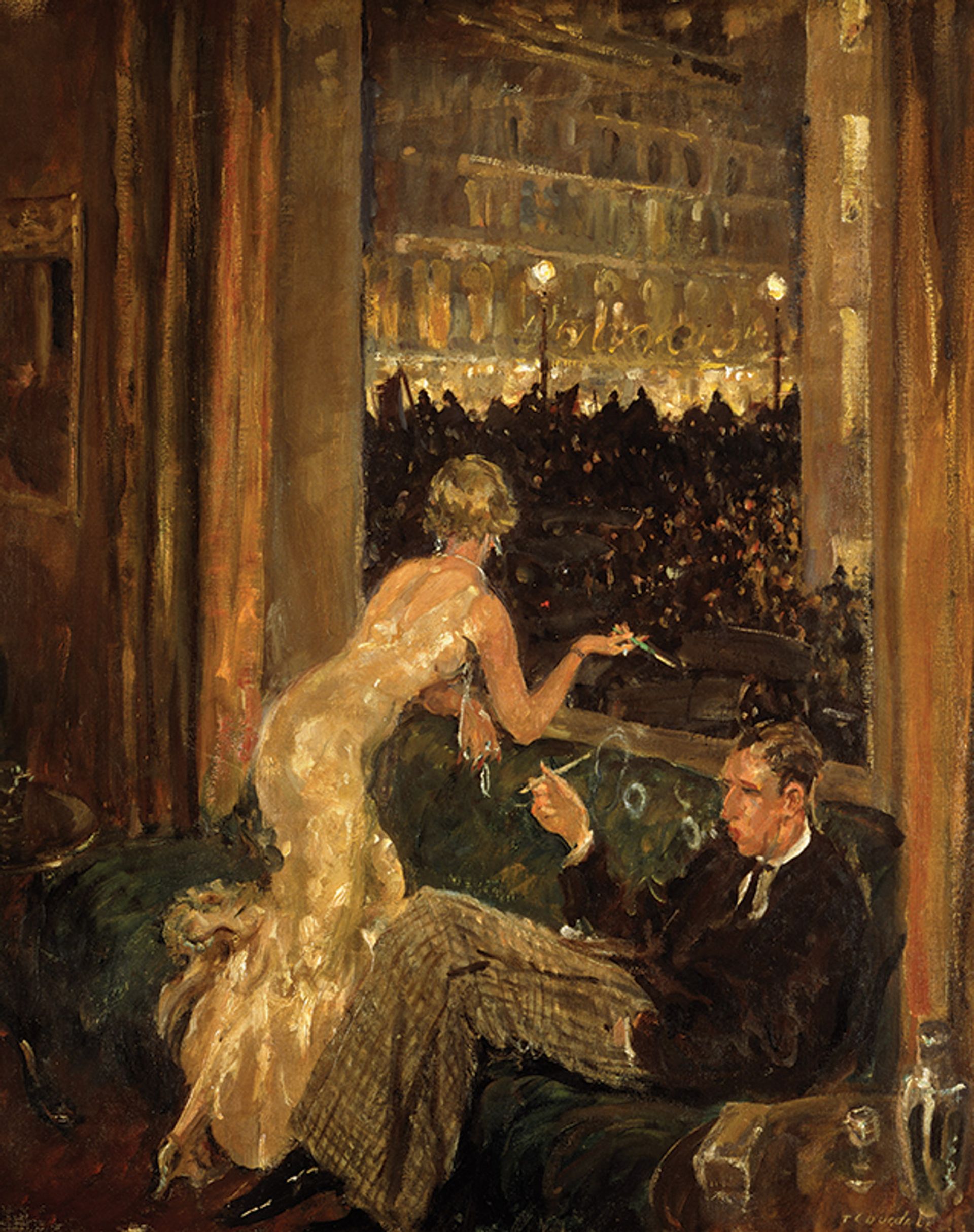
The Arrival of the Jarrow Marchers in London, Viewed from an Interior by Thomas Cantrell Dugdale (1936), Museum of the Home, London Courtesy of the Museum of the Home; © Estate of Joanna Dunham
“On 5 October 1936, 200 unemployed men and their local MP, Ellen Wilkinson, left Jarrow in north-east England to walk to London carrying a petition to present to Parliament. Jarrow’s shipyard had closed following the Great Depression. Out of a population of 35,000, 23,000 citizens were now on the dole or dependent upon other relief payments. Just as today’s victims of austerity are vilified by a hostile media and an entire political class, the unemployed of 1930s Britain were castigated as ‘scroungers’ and ‘dole cheats’. The great triumph of the Jarrow crusade was that it humanised and gave voice to the blameless victims of economic circumstances.”
Lies
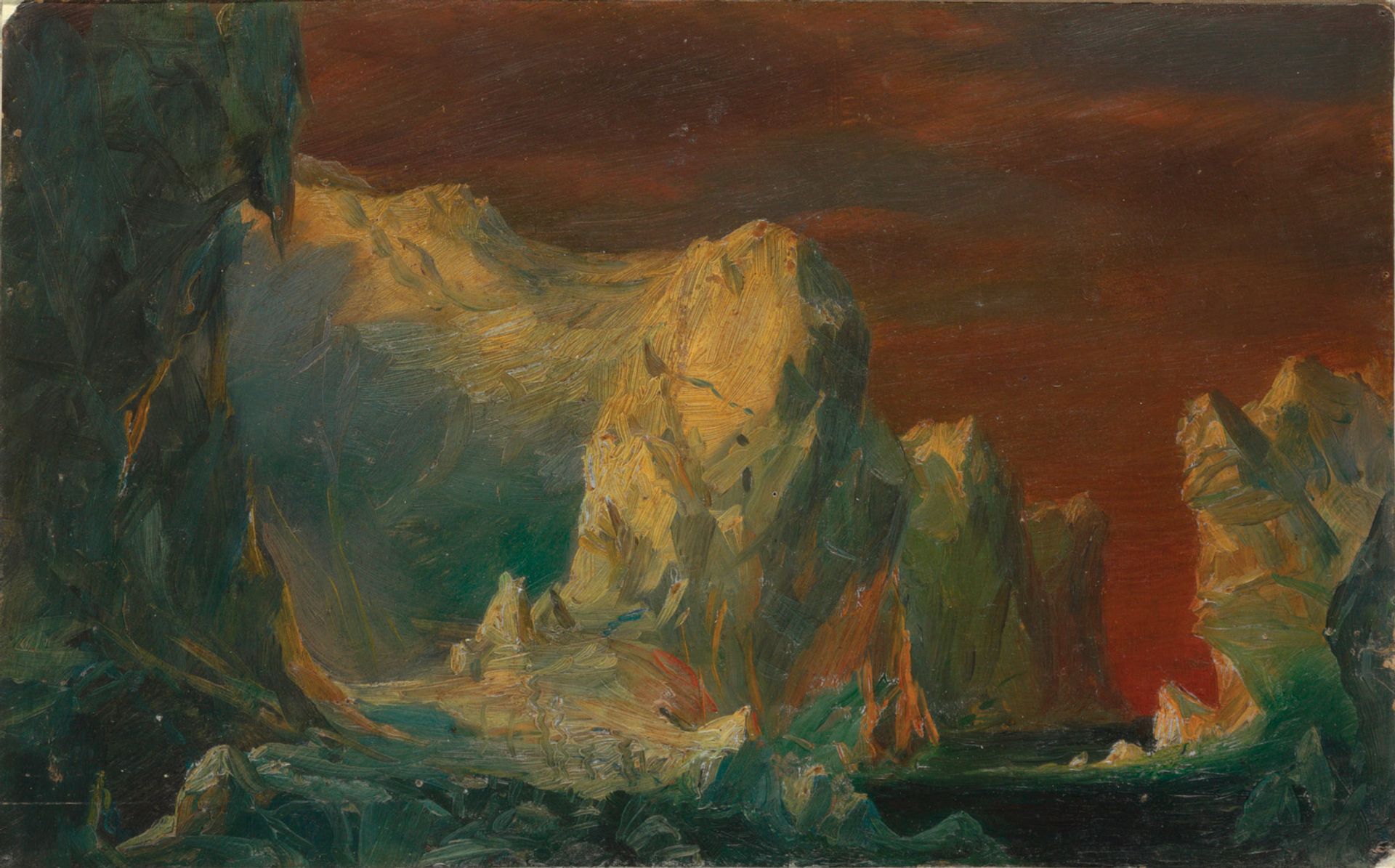
Iceberg Fantasy by Frederic Edwin Church (1859), Cooper Hewitt. Courtesy of Cooper Hewitt
“In the summer of 1859, the American artist Frederic Edwin Church took a trip to Newfoundland and Labrador to observe and sketch icebergs. His friend the Reverend Louis Legrand Noble described the excursion in the book After Icebergs with a Painter: ‘Enthroned on the deep in lonely majesty, the dread of mariners, and the wonder of the traveller, it was one of those imperial creations of nature that awaken powerful emotions, and illumine the imagination.’ As a result of climate change, the vast, awe-inspiring Arctic icebergs captured so beautifully by Church are melting into ever-warmer seas.”
Rise
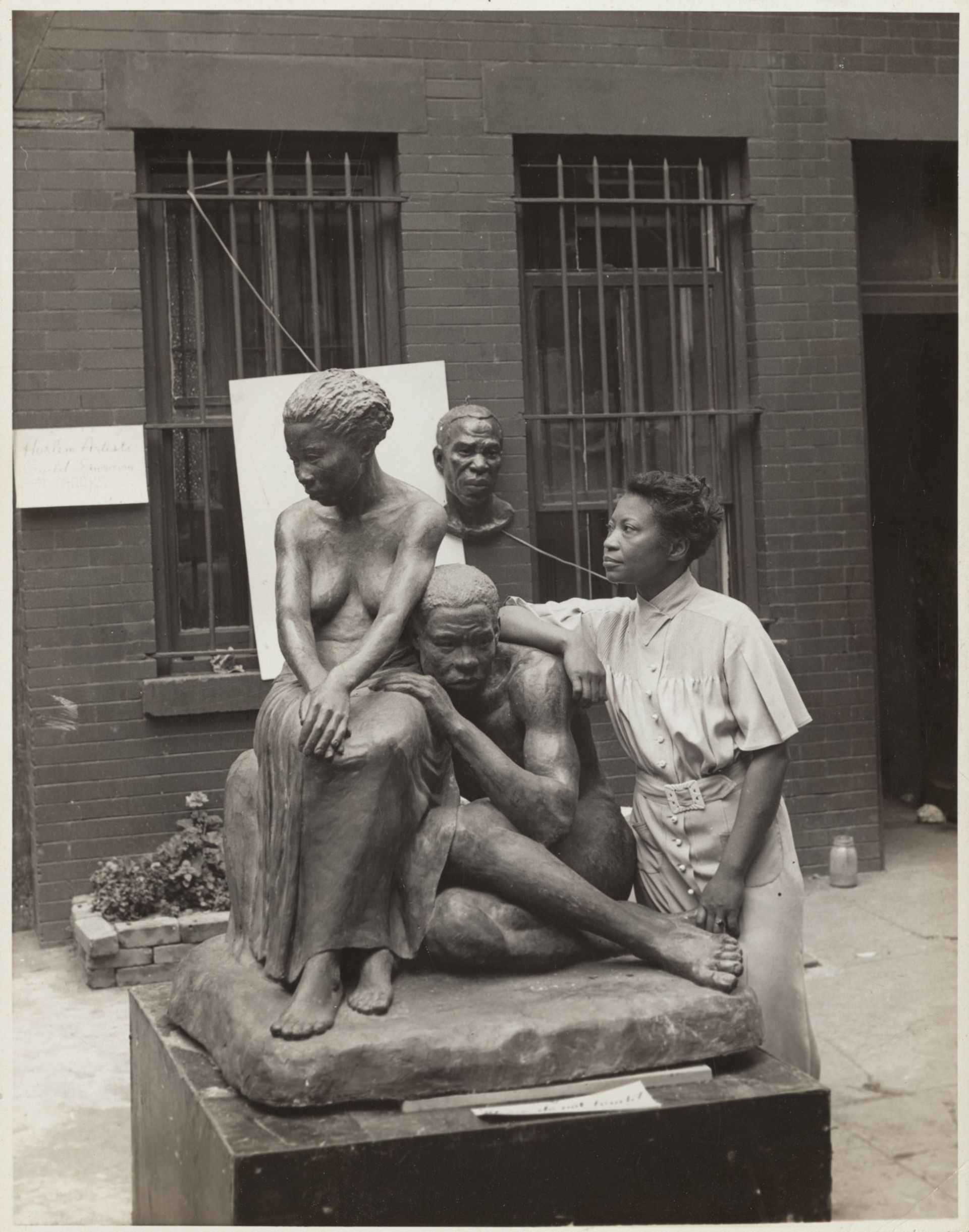
Augusta Savage with Realization, Photograph by Andrew Herman (1936), New York Public Library New York Public Library
“Augusta Savage (1892–1962) was born in Florida, moving to New York on a scholarship to study art at the Cooper Union. In 1923, she won a scholarship to study at the Fontainebleau School of Fine Arts in France, but the French government forced the school to withdraw their offer after learning she was Black. In 1932, the artist opened the Savage Studio of Arts and Crafts, where she taught and encouraged many distinguished artists of colour. Savage became the first African American member of what is now the National Association of Women Artists. Sadly, just 12 of her works have survived.”
Hope
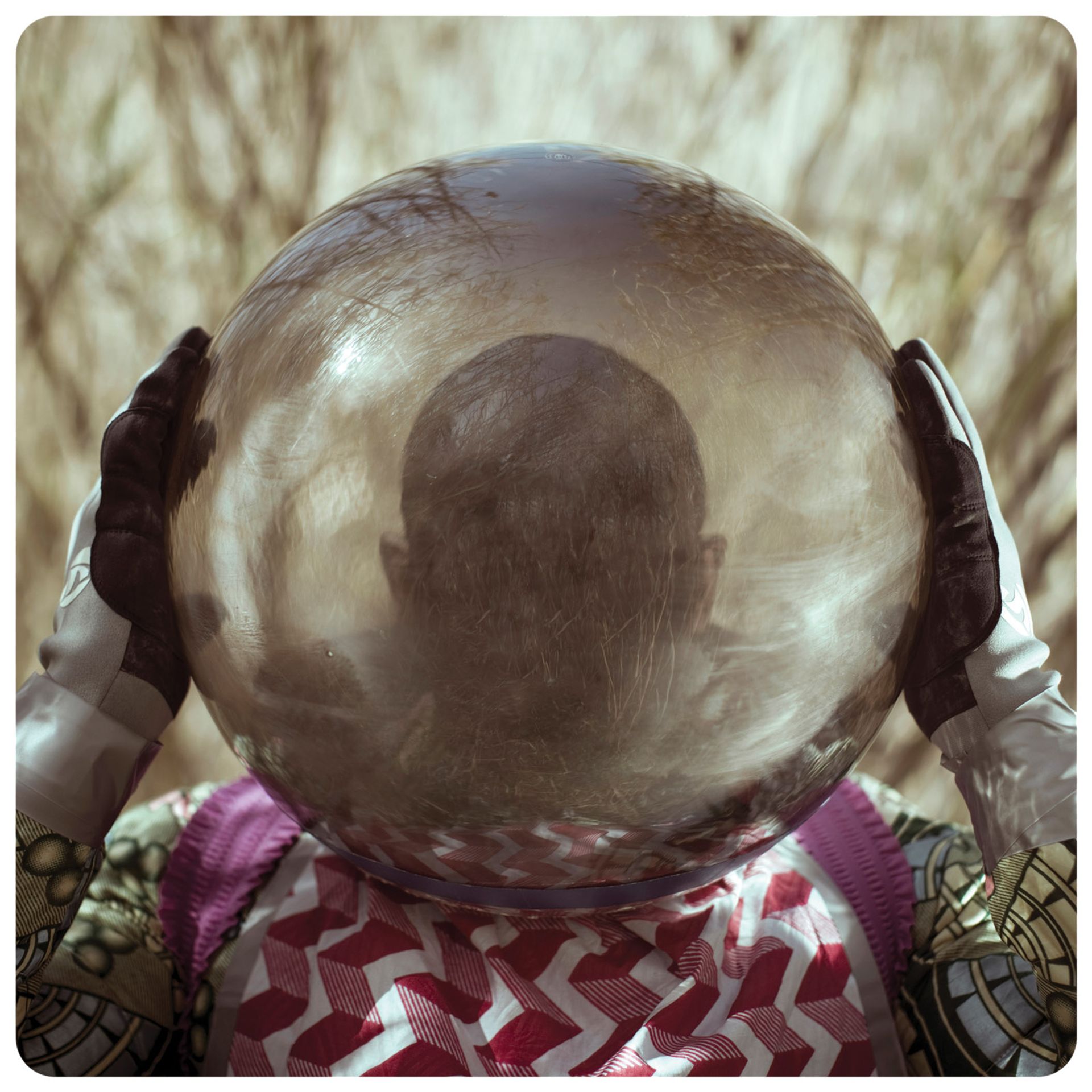
06-Yinqaba, from the series The Afronauts, by Cristina de Middel (2012), Collection of the artist Courtesy of the artist, © Cristina de Middel
“The Spanish photographer’s series The Afronauts (2012) employs highly theatrical staging and costume to confront stereotyped representations of African people and culture. The inspiration was the eccentric Zambian science teacher Edward Makuka Nkoloso who, in 1964, launched his own space programme with the aim of putting the first African on the Moon. Although he was forced to abandon the project due to lack of funding, Nkoloso can be counted as a true pioneer of Afrofuturism, one whose remarkable visions continue to inspire artists, filmmakers and all who dream of a truly democratic and inclusive space race.”
• Stephen Ellcock, The Book of Change: Images to Inspire Revelations and Revolutions, September Publishing, £25 (hb), published 21 October


